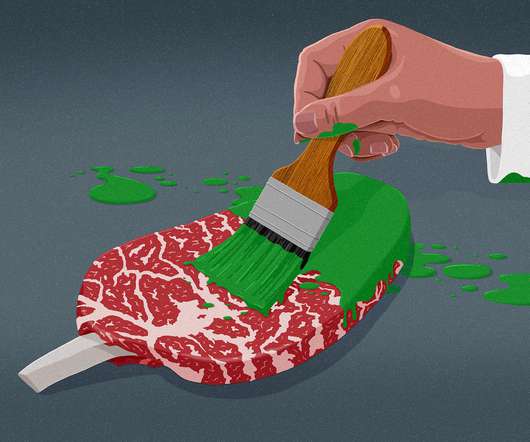Applying science and healthcare principles to soil wellness can help our planet
GreenBiz
AUGUST 27, 2020
Soil removes about 25 percent of the world’s fossil fuel emissions each year through carbon sequestering, a natural way of removing carbon dioxide from the atmosphere. Alternatively, farmers can use a method called the Haney test to evaluate soil health indicators such as soil respiration and water-soluble organic carbon.














Let's personalize your content